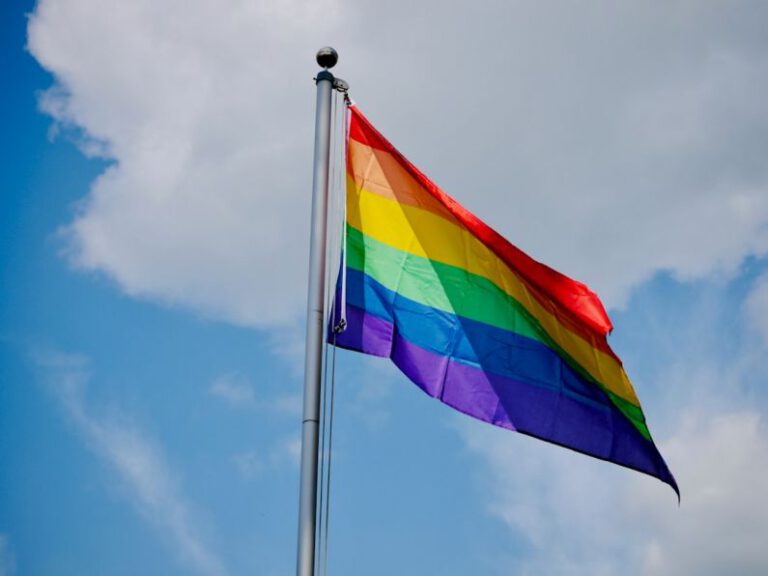The Art of Small Talk around the World
Small talk is a universal social phenomenon that plays a crucial role in establishing connections between individuals from different cultural backgrounds. Despite its seemingly trivial nature, the art of small talk varies significantly across the globe, reflecting the diverse values, customs, and communication styles prevalent in different countries. Understanding and mastering the nuances of small talk can greatly enhance one’s ability to navigate social interactions and foster meaningful relationships in a multicultural world.
**Navigating Cultural Differences**
One of the most fascinating aspects of small talk is how it reflects the cultural values and norms of a society. In some cultures, small talk serves as a way to establish rapport and build trust before delving into more serious topics. Countries like the United States and Canada often engage in light-hearted discussions about the weather, sports, or popular culture as a way to break the ice and create a sense of camaraderie. On the other hand, in cultures such as Japan and South Korea, small talk tends to be more reserved and indirect, with an emphasis on politeness and avoiding controversial subjects.
**The Role of Small Talk in Building Relationships**
Small talk serves as a bridge that connects individuals and sets the stage for deeper conversations and relationships. In many European countries, such as France and Italy, small talk is seen as an essential social lubricant that paves the way for more intimate discussions. Sharing personal anecdotes, expressing genuine interest in the other person’s well-being, and displaying empathy are key components of successful small talk in these cultures. By demonstrating attentiveness and emotional intelligence in casual conversations, individuals can build trust and foster stronger connections with others.
**Nonverbal Cues in Small Talk**
While verbal communication is essential in small talk, nonverbal cues also play a significant role in conveying meaning and establishing rapport. In countries like Spain and Greece, gestures, facial expressions, and body language are integral parts of communication and can greatly influence the success of small talk interactions. Maintaining eye contact, smiling warmly, and using expressive hand gestures can help convey sincerity and warmth, making the conversation more engaging and enjoyable for both participants.
**Overcoming Language Barriers**
Small talk can be particularly challenging when navigating language barriers, especially in multicultural settings where individuals may speak different languages or have varying levels of proficiency. In such situations, using simple and clear language, avoiding slang or idiomatic expressions, and speaking slowly can help facilitate smoother communication and ensure that both parties are able to participate in the conversation. Additionally, employing visual aids, such as gestures or drawings, can be effective in bridging linguistic gaps and enhancing understanding during small talk exchanges.
**Adapting to Different Social Contexts**
The art of small talk is not only influenced by cultural norms but also by the specific social context in which the interaction takes place. In formal settings, such as business meetings or networking events, small talk may revolve around professional topics, industry trends, or mutual interests. In contrast, informal settings, such as social gatherings or casual meetups, may involve lighter topics like hobbies, travel experiences, or food preferences. Adapting the tone and content of small talk to suit the social context can help individuals feel more comfortable and engaged in the conversation.
**Embracing Diversity in Small Talk**
In a globalized world where interactions with people from diverse cultural backgrounds are increasingly common, embracing diversity in small talk is essential for fostering cross-cultural understanding and mutual respect. By being open-minded, curious, and respectful of different communication styles and customs, individuals can enrich their small talk experiences and cultivate meaningful connections with people from around the world. Celebrating cultural differences and learning from each other’s perspectives can transform small talk into a powerful tool for building bridges and promoting intercultural harmony.
**In Summary**
The art of small talk is a dynamic and multifaceted practice that reflects the rich tapestry of human communication. By recognizing and appreciating the cultural nuances, nonverbal cues, and social contexts that shape small talk around the world, individuals can become more adept at navigating diverse social interactions and forming genuine connections with others. Embracing diversity, adapting to different communication styles, and demonstrating empathy and warmth are key ingredients for mastering the art of small talk in a globalized society. By honing their small talk skills, individuals can bridge cultural divides, break down barriers, and create a more interconnected and harmonious world.






